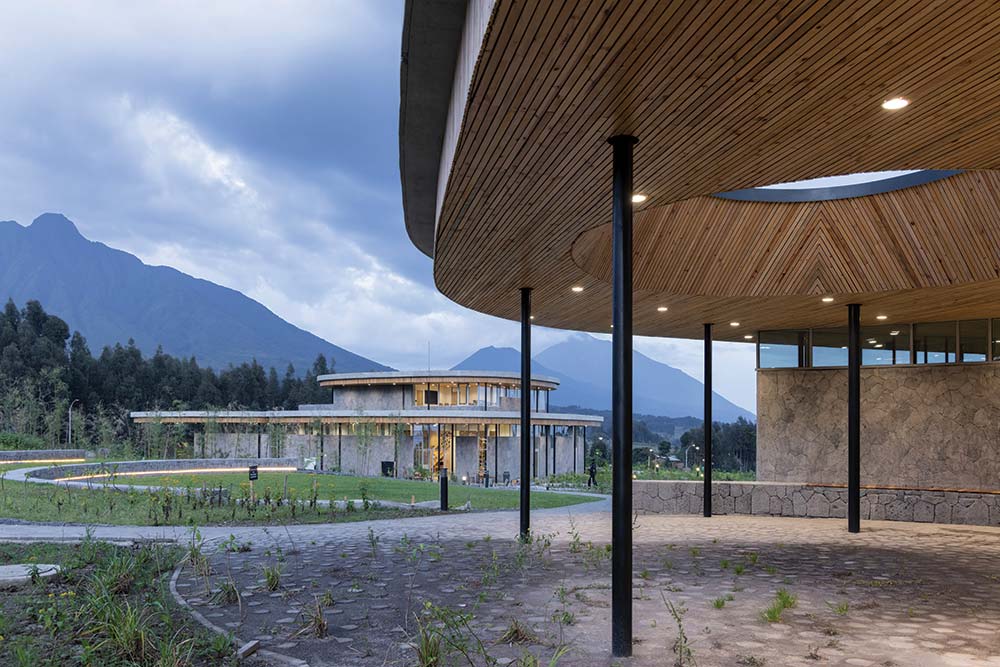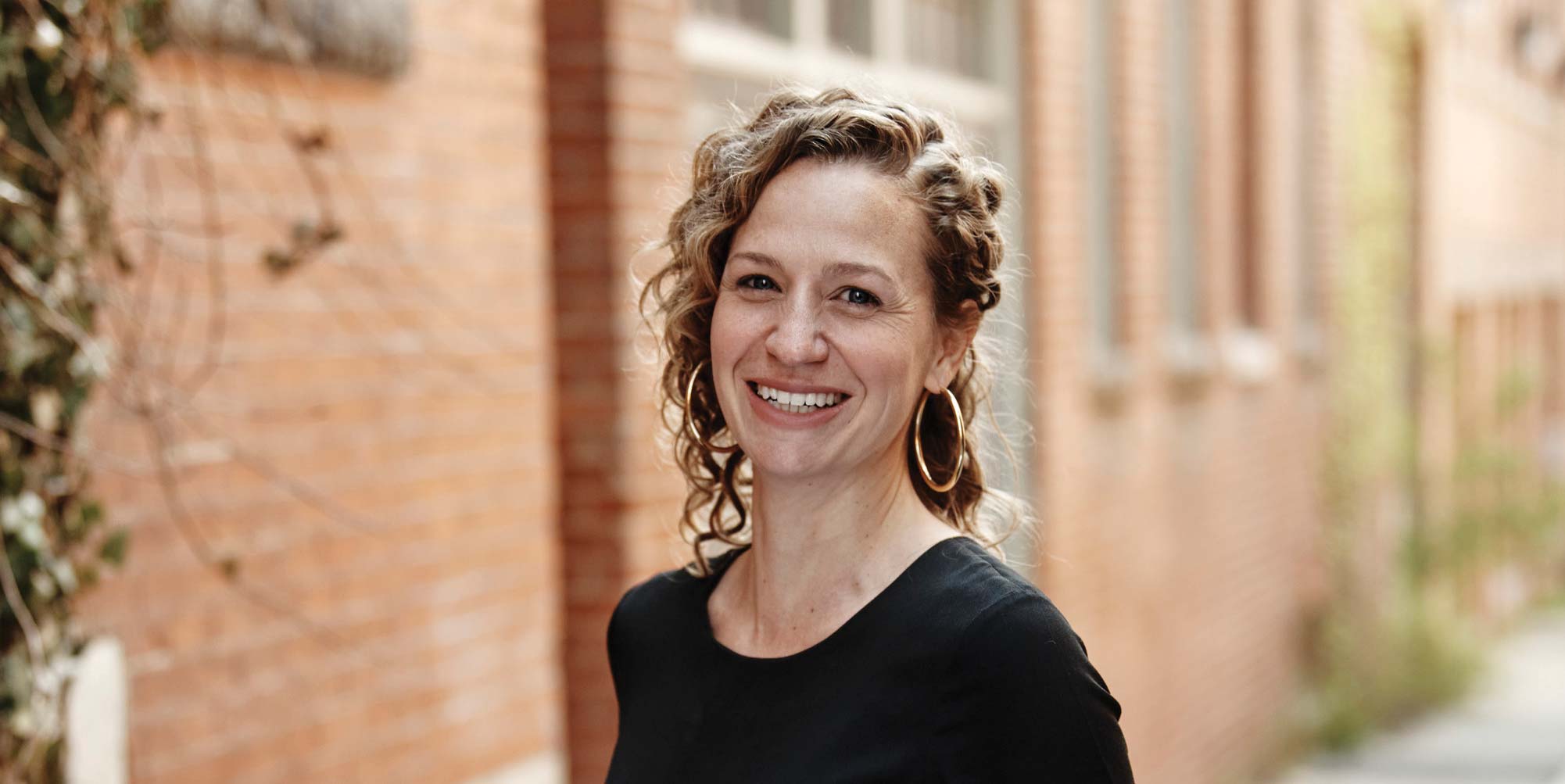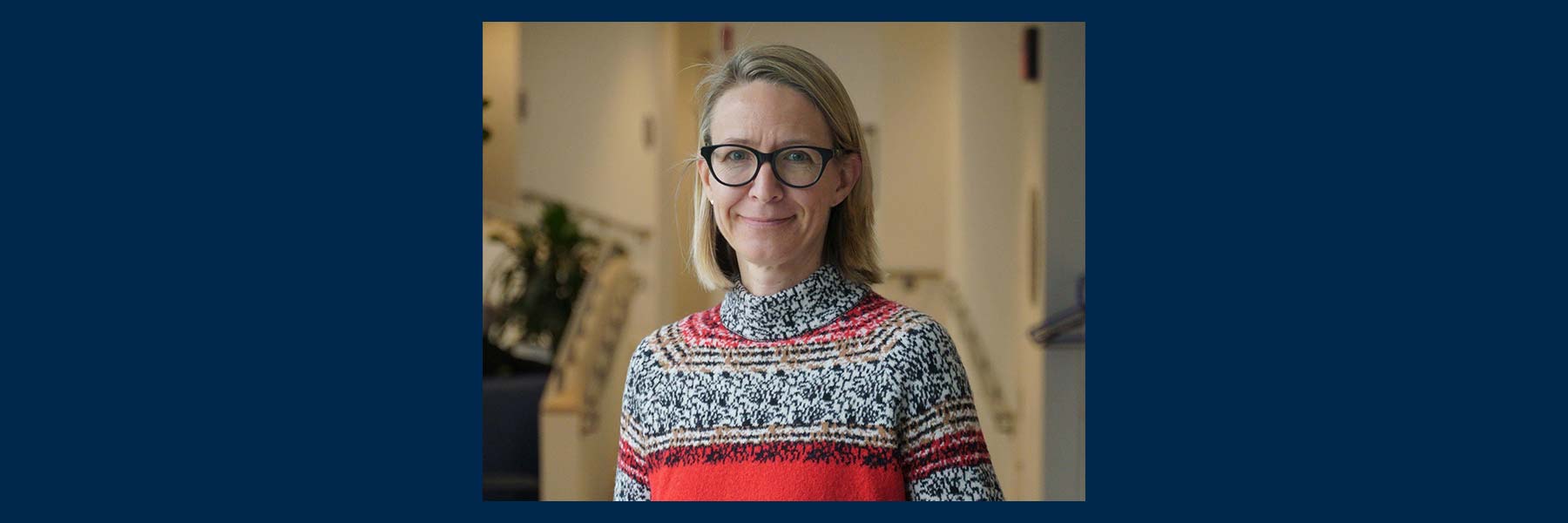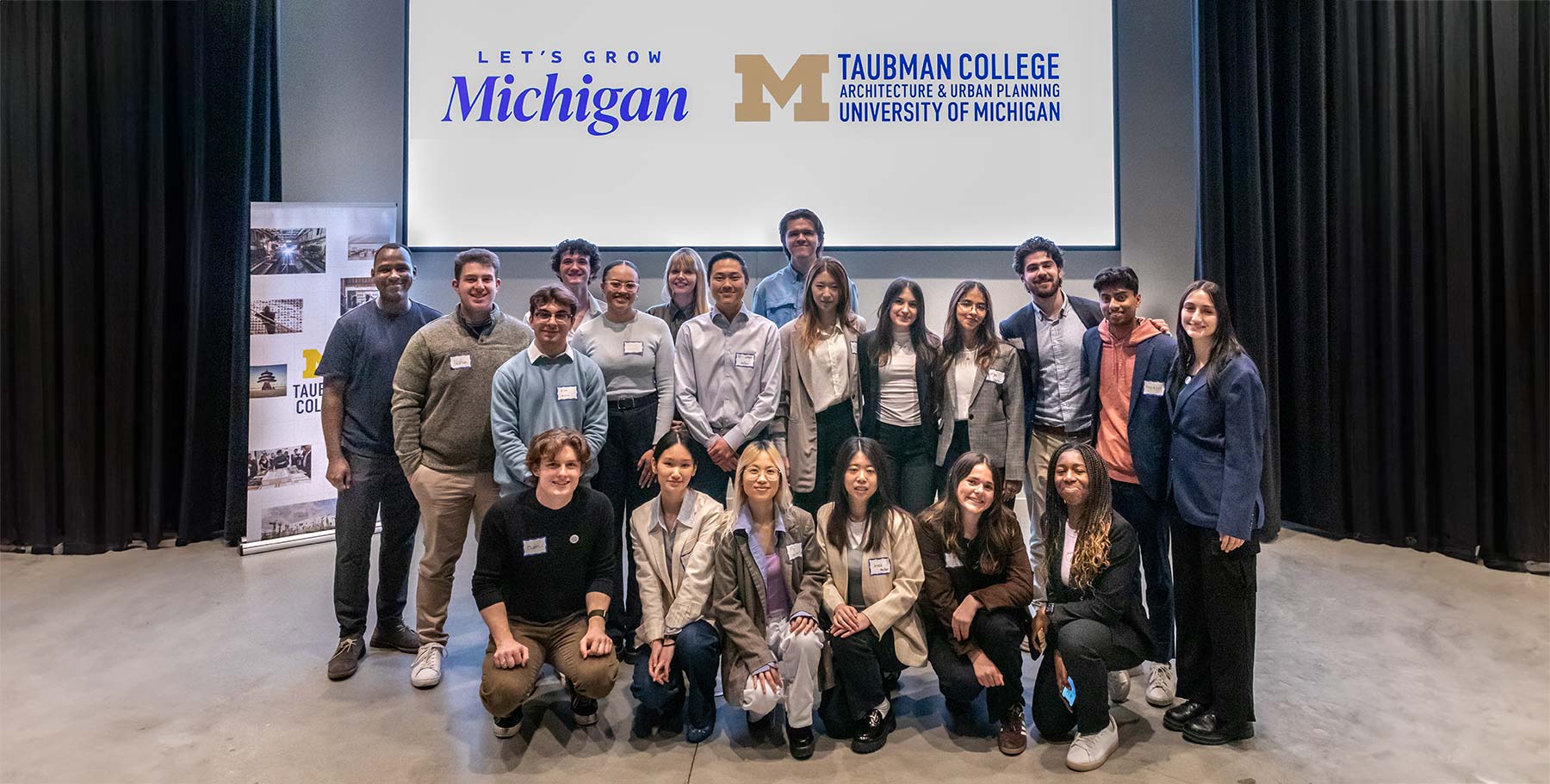“Do you actually need a building?” may seem like an unusual question from an architect. But it’s a central one for Patricia Gruits, whose education at Taubman College, where she was a Taubman Scholar, taught her an openness and way of thinking based on leveraging design to solve problems, not just design buildings. Gruits is forging her own path as an architect and leading the design field to expand its concept of what constitutes architecture and how impactful the profession can be.
“Architects are trained to design buildings, but buildings are not always the solution for the challenges at hand,” she says. “Our role as designers is to accompany our partners to unearth their needs and elevate their goals. Then we can offer creative solutions, which may include buildings, but may be something entirely different, like a policy, a program, or an event. Architecture is about helping people see the potential of the built environment to have a meaningful impact in their lives.”
Central to Gruits’ work at MASS Design Group is the idea that the process by which they deliver a project has as much impact as the final product. Since Gruits began at the firm in 2013, it has grown from around 15 to approximately 160 employees, including architects, landscape architects, filmmakers, engineers, storytellers, furniture makers, and builders. Gruits was recently named one of three co-executive directors of the firm. Their co-leadership model exemplifies the collaborative way the firm functions.
Under Gruits’ leadership, MASS, the 2022 AIA Architecture Firm Award winner, applied its collaborative approach to creating the Ellen DeGeneres Campus for the Dian Fossey Gorilla Fund in Kinigi, Musanze District, Rwanda. MASS worked with the international organization that studies and protects gorillas and helps communities build conservation capabilities to design a new campus to leverage their physical environment to serve their mission.

The campus buildings integrate into the landscape, transforming the site from an agricultural plot to a reforested, biodiverse landscape showcasing gorilla habitat ecologies.
The Fossey Fund’s previous headquarters were small, crowded, and far from the Volcanoes National Park, where they work. Relocating to Kigali, Rwanda, Gruits led a “Purpose Built” process with Fossey, and the team created a mission for the campus: for gorillas to be an entry point for people to engage in lifelong conservation. The new campus would provide a site for engagement of all kinds — research labs, an education center with classrooms and dormitories for students, and an interactive conservation gallery for local and international visitors.
“One of the key pieces of our process is defining the mission and goals of the project upfront. We started by asking simple questions like ‘What impact do you want to have? What can the building do to create that change?’ When we dug into these simple but profound questions with their board and staff, it ignited a spark to think bigger — to not just replace a research lab but to think about a whole new purpose-built campus.”
Over nearly five years, Gruits, MASS, and the Fossey Fund searched for the right site for the campus, incorporating Rwanda’s national ambitions for conservation, habitat restoration, and tourism. Ultimately, they chose the edge of the Volcanoes National Park.
“We started with visioning, which led to the architectural and landscape design, followed by engineering, construction, furniture fabrication, exhibition design, and media,” Gruits says. MASS would go on to take on every aspect of the construction process. At Fossey, Gruits’ vision for “accompaniment” went way beyond delivering buildings.
With the new campus, the Fossey Fund is furthering its work to engage the next generation of African scientists in conservation work. The campus hosts hundreds of Rwandan university students and thousands of primary and secondary students every year. International visitors who come to see the gorillas leave with an understanding of the urgency of protecting them and their habitat.
Dean Jonathan Massey, who attended the campus opening, says, “The scientists and students in training marveled at how the beautiful campus elevated their work. Women from the construction and furniture-building teams talked about the job skills and career opportunities the project had created. Visitors like me learned about gorilla habitat from the carefully designed landscape and the buildings that interpreted it. I’m thankful that our Longo interns get to work with such a purpose-driven organization.”
“When I came back to work in the U.S., I wanted to know how we could apply this expanded model of practice here,” Gruits says.
“While almost 10 million nonprofits in the U.S. own or occupy buildings, most don’t have experience navigating the construction process and find design opaque and confusing. Taking on a building project can be a steep learning curve that limits organizations from seeing their building as part of their strategic plan or as a means to have a greater impact.”
To better understand this misalignment, Gruits led a team at MASS to research the experience of nonprofits who had taken on building projects; they compiled those lessons into a set of resources and tools to demystify the design process. They help organizations identify a mission for their project, leverage design decisions, and established a balance with what is feasible for the organization to build, operate, and maintain. MASS calls these resources its “Purpose Built Series.” They are available open source to help organizations, communities, funders, and architects engage in the building process and apply a mission-driven approach.
Learnings from Purpose Built continue to shape MASS’ work, and in her new role as co-executive director, Gruits is supporting design teams across MASS’ U.S. offices, located in Boston, Santa Fe, and Poughkeepsie, to implement them.
“In every project and partnership, I am thinking about how we can break down the barriers to design — ask good questions, engage more people in the process, and create a robust dialogue about what design and architecture can do — to change architecture from being only a building to a catalyst for change,” she says.
Portico: Fall 2023
- Patricia Gruits, B.S. Arch ’04, M.Arch ’06, is Doing More with Purpose-Driven Architecture
- Whitney Kraus, B.S. Arch ’05, Bridges the Gap Between Designers and Developers
- Rich von Luhrte, B.Arch ’68, Funds Scholarships to Continue His Legacy of Addressing Climate Change
- Dillon Erb, M.Arch ’14, and Daniel Kobran, M.Arch ’14, Explore the Benefits of Paperspace’s Acquisition by DigitalOcean
- From Michigan to Ghana to Michigan: Architecture as Culture, Collaboration, and Community
- Celebrating Twenty-Five Years as Taubman College
- Help Taubman College Build Tomorrow: Martin Rodriguez Jr.’s Story





